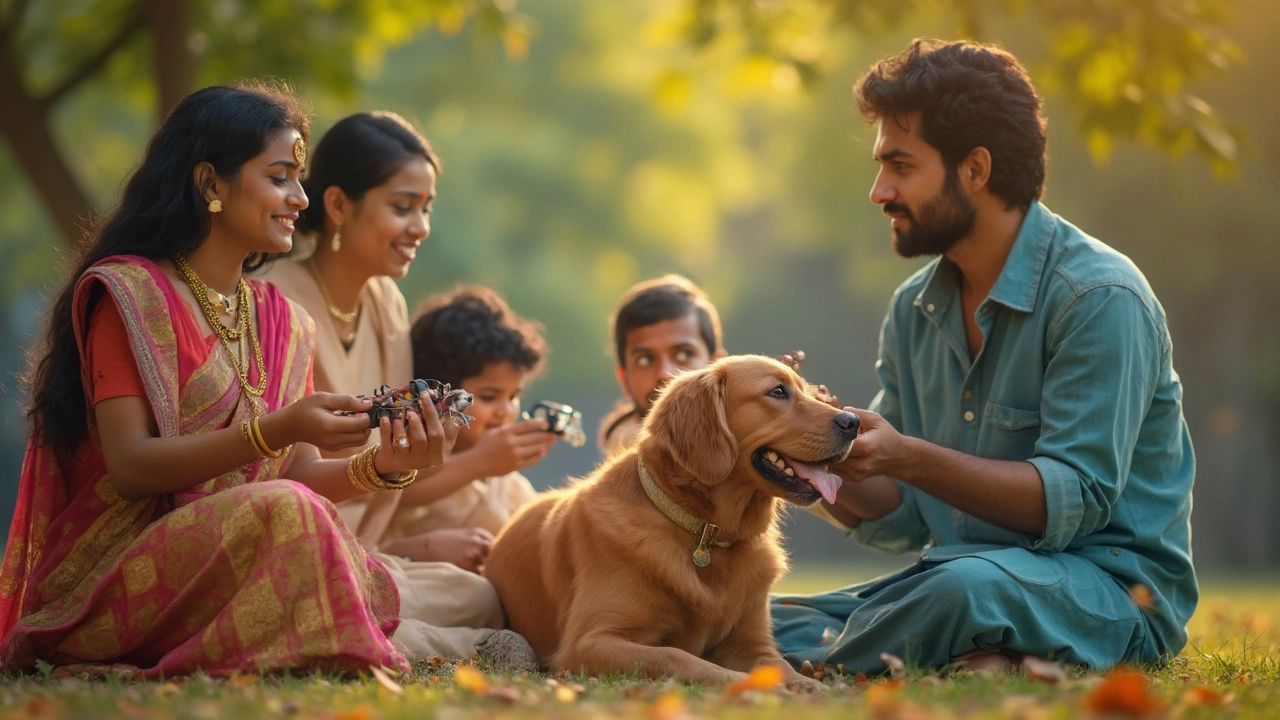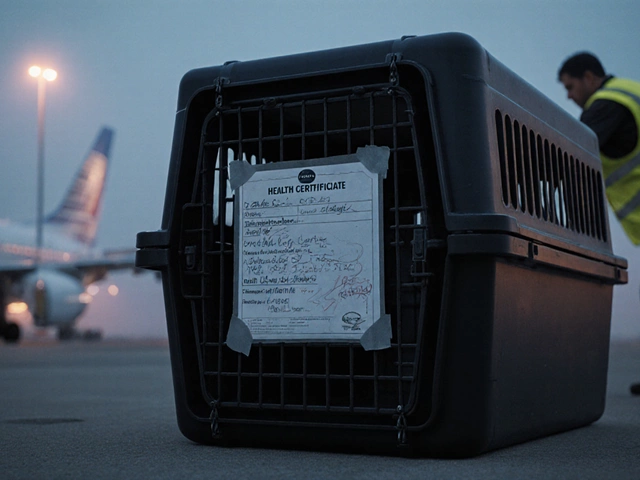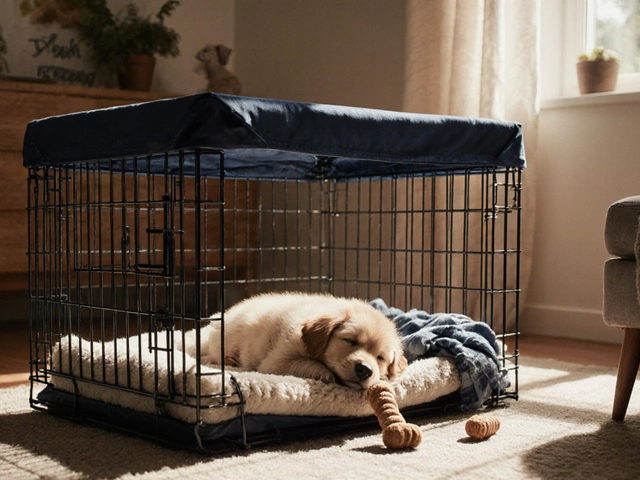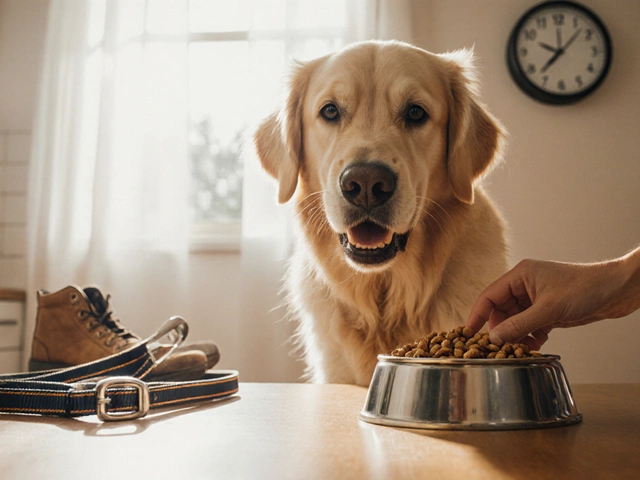Pinch Collars: How to Use Them Safely and Effectively for Dog Training
Ever wonder why some trainers swear by pinch collars? They’re not magic tricks, but a tool that can help you guide a strong‑minded dog when used the right way. Below you’ll find the real facts, the biggest mistakes to avoid, and step‑by‑step tips to keep your pup safe.
What Exactly Is a Pinch Collar?
A pinch collar is a thin chain that tightens around the dog’s neck the moment they pull on the leash. It’s designed to give a quick, firm reminder without choking. The chain length is usually 1‑1.5 inches, so it fits snugly but not painfully. Because it’s lightweight, many owners think it’s a cheap alternative to a traditional choke chain.
When (And When Not) to Use a Pinch Collar
Use a pinch collar only if your dog is a strong puller and you’ve tried a regular flat collar or harness without success. It works best for short, controlled walks where you can keep constant tension on the leash. Don’t use it on puppies, anxious dogs, or dogs with neck injuries – the sudden snap can cause bruising or aggravate existing issues.
Before you click it on, make sure the chain sits high on the neck, just behind the ears. If it slides down to the throat, it’s too loose and could choke. The goal is a gentle pinch, not a hurtful snap.
Start with short sessions in a low‑distraction area. Walk a few meters, watch how your dog reacts. If they flinch but quickly relax, you’ve got the right fit. If they seem scared or keep pulling harder, the collar isn’t right for them.
Pair the collar with positive reinforcement. When your dog walks beside you without pulling, reward them with a treat or praise. The collar is a reminder, not a punishment. Over time the dog learns to stay loose on the leash to avoid the pinch.
Safety tip: always have a quick‑release knot handy. If the chain gets tangled or you need to remove the collar fast, you don’t want to struggle. A simple loop knot lets you pull the chain free in seconds.
Some owners wonder if a pinch collar is humane. The answer depends on how you use it. If you constantly yank, it can cause pain and stress. Used sparingly, only as a cue, it’s comparable to a brief tap on the shoulder. The key is consistency and never using it as a shock device.
If you notice any skin irritation, hair loss, or your dog seems unusually anxious, stop using the collar immediately. Switch to a front‑clip harness or a head halter – both give you control without pressure on the neck.
Remember, no collar replaces good training basics. Teach your dog “heel,” “stop,” and “leave it” with treats and patience first. The pinch collar can fill the gap when your dog still pulls, but it’s not a stand‑alone solution.
In a nutshell: pinch collars can be helpful for strong pullers, but only when fitted correctly, used briefly, and paired with positive reinforcement. If you’re unsure, ask a certified trainer or vet for advice before you buy one.

Should Dogs Wear Pinch Collars All Day? What Every Owner Needs to Know
Pinch collars are a hot topic for dog owners, sparking debate over their safety and proper use. This article digs into whether dogs should wear pinch collars all day, the risks involved, and alternative options for training. You'll learn practical tips for safe usage and hear the real reasons why professional trainers don’t leave these collars on all day. Get the facts so you can make the best decisions for your four-legged friend.
read more



